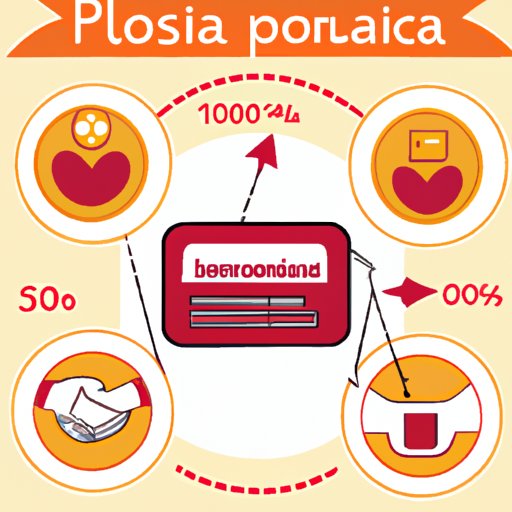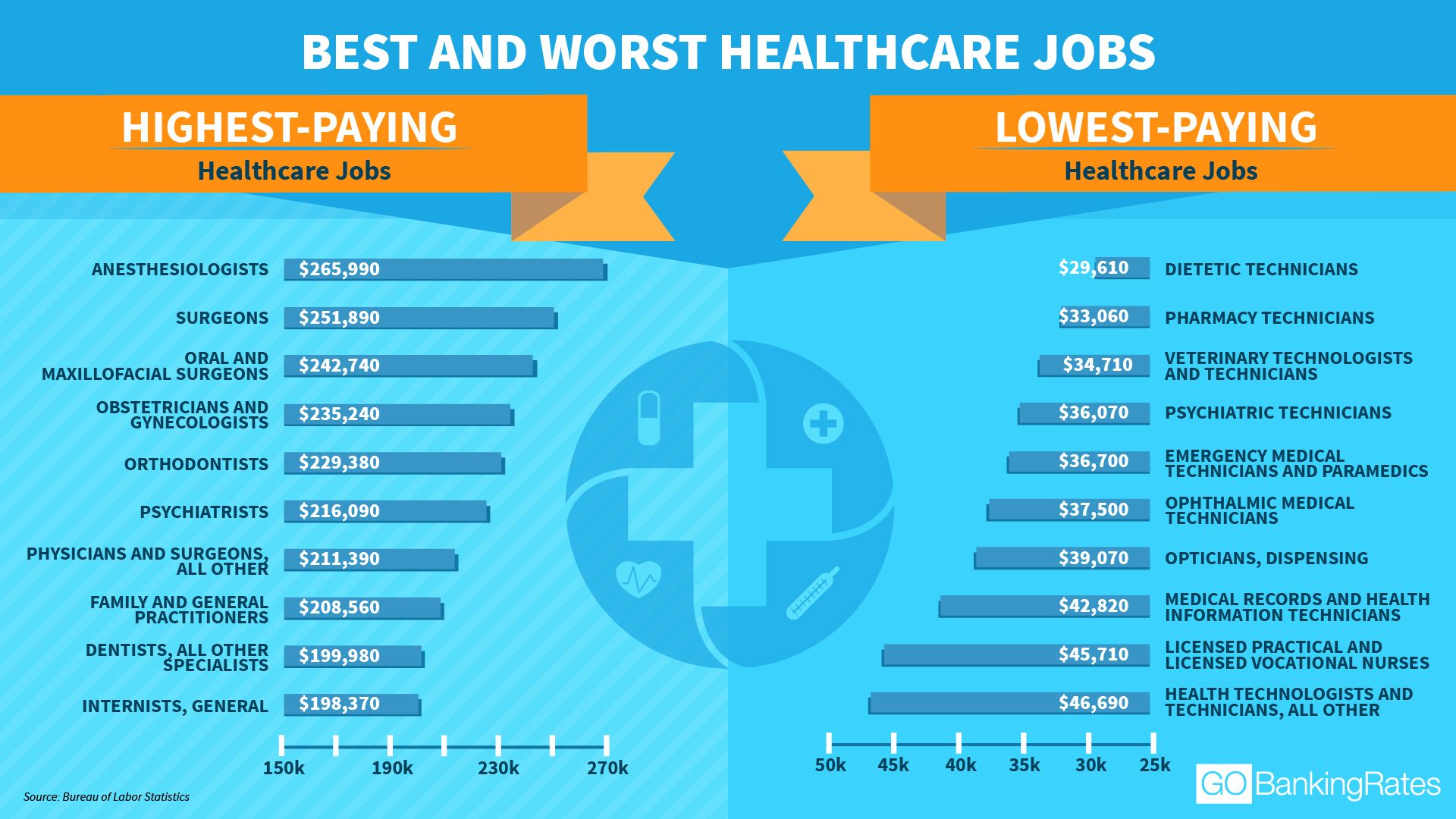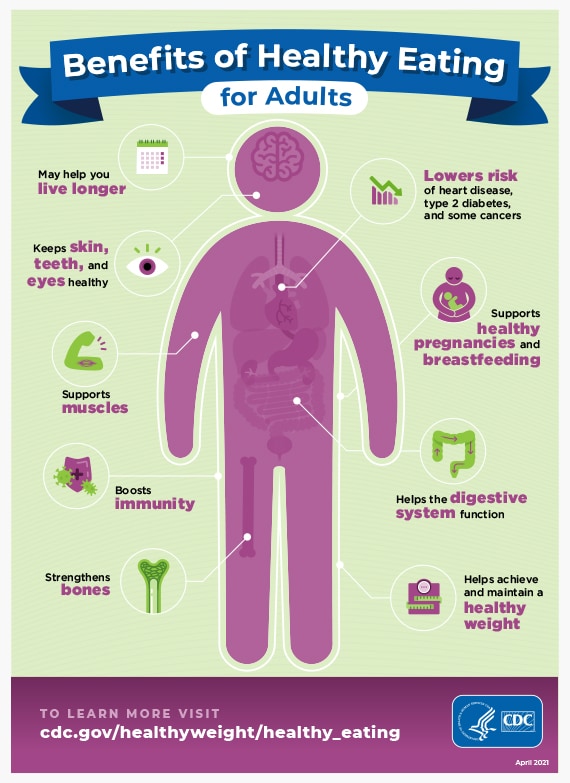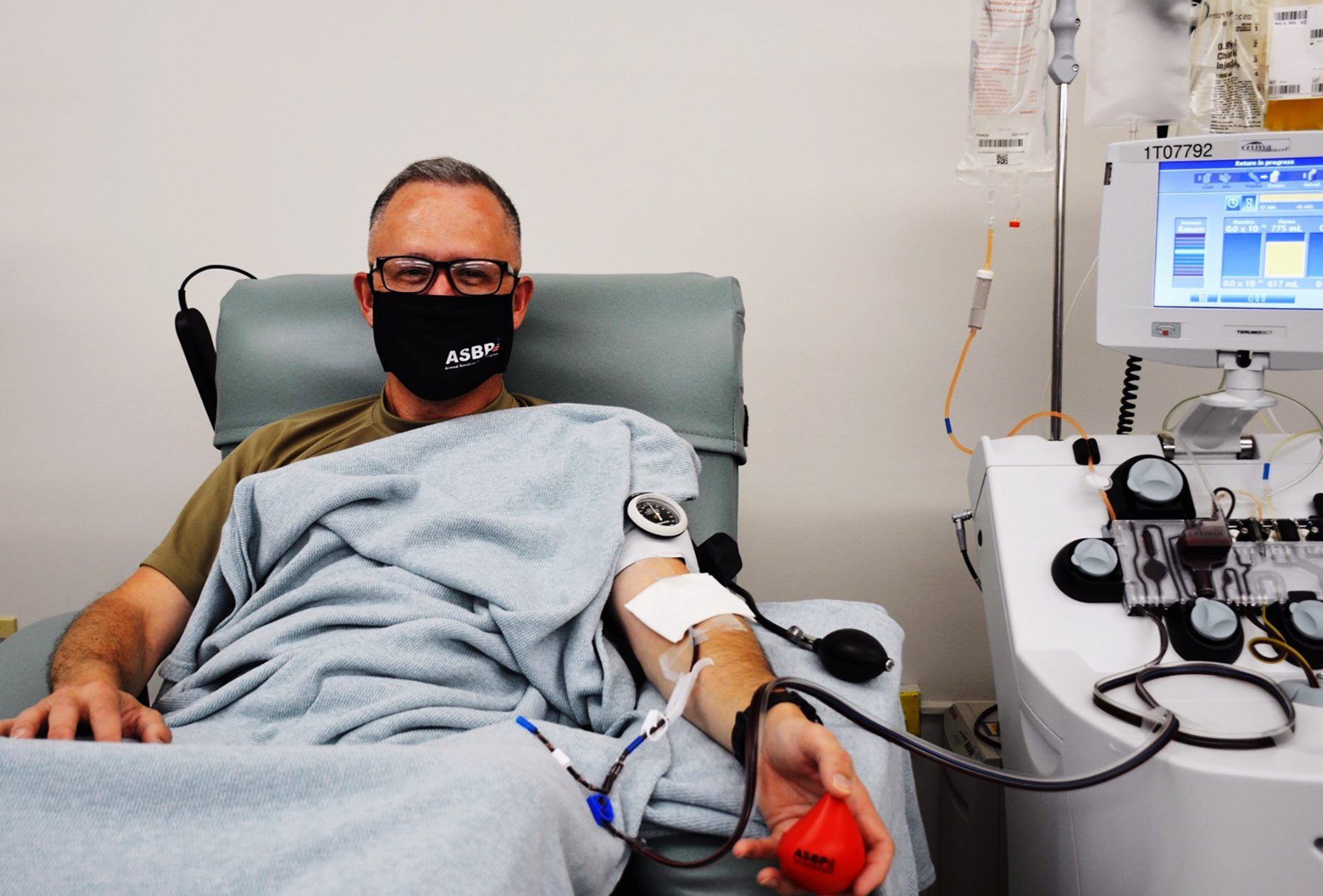What is Plasma Donation and How Does it Work?
Plasma donation is a vital process that involves collecting the liquid portion of blood, known as plasma, from donors. This plasma is then used to create life-saving therapies for patients with rare and serious diseases, such as hemophilia and immunodeficiency disorders. The process of plasma donation is relatively straightforward. Donors visit a plasma donation center, where they undergo a medical examination and screening to ensure their eligibility to donate. Once cleared, they are seated comfortably and a sterile needle is inserted into a vein in their arm. The plasma is then collected using a specialized device that separates the plasma from the other blood components, which are returned to the donor’s body.
The entire process typically takes around 1-2 hours, and donors are usually compensated for their time and effort. The frequency of plasma donation varies depending on the individual’s eligibility and the donation center’s policies. Some donors may be able to donate as often as twice within a 7-day period, with at least 2 days in between donations. The amount of plasma collected during each donation also varies, but it is typically around 650-850 mL.
Plasma donation is a safe and regulated process, with strict guidelines in place to ensure the quality and safety of the plasma collected. Donors are carefully screened and monitored throughout the process to minimize any potential risks. The plasma collected is then tested and processed into various therapies, such as clotting factor concentrates, immunoglobulins, and albumin. These therapies are used to treat a range of medical conditions, including bleeding disorders, immune system disorders, and certain types of cancer.
As a plasma donor, individuals can play a critical role in helping to save lives and improve the health and well-being of patients around the world. By donating plasma, individuals can also earn a steady monthly income, with some donors earning up to $400 or more per month, depending on the frequency of their donations and the policies of the donation center. While the amount of money that can be earned through plasma donation varies, it is a viable option for those looking to supplement their income and make a positive impact on their community.
How Much Can You Realistically Earn Donating Plasma?
The amount of money that can be earned through plasma donation varies depending on several factors, including location, frequency of donation, and individual characteristics. Donors who live in areas with a high demand for plasma may be able to earn more than those who live in areas with a lower demand. Additionally, donors who are able to donate more frequently may be able to earn more than those who can only donate occasionally.
On average, plasma donors can earn between $20 to $50 per donation, with some centers offering more for frequent donors or for donations made during peak hours. The frequency of donation also plays a role in determining earnings, as donors who can donate twice within a 7-day period can earn more than those who can only donate once. Some plasma donation centers also offer bonus programs or incentives for donors who reach certain milestones or refer friends to the center.
Individual characteristics, such as weight and blood type, can also affect earnings. Donors with a higher body weight may be able to donate more plasma and earn more per donation. Additionally, donors with rare blood types may be in higher demand and earn more than those with more common blood types.
While the amount of money that can be earned through plasma donation varies, it is possible for donors to earn a steady monthly income. Donors who are able to donate regularly and take advantage of bonus programs or incentives may be able to earn up to $400 or more per month. However, it’s essential to note that plasma donation earnings should not be relied upon as a sole source of income, but rather as a supplement to other forms of income.
When considering how much can you make monthly donating plasma, it’s crucial to research the specific plasma donation center and their payment policies. Some centers may offer more competitive pay rates or bonus programs than others. By understanding the factors that affect earnings and researching the center’s policies, donors can make an informed decision about whether plasma donation is a viable option for earning a steady monthly income.
Maximizing Your Earnings: Tips for Frequent Donors
To maximize earnings through plasma donation, it’s essential to maintain eligibility and manage donation schedules effectively. Donors who can donate frequently can earn more than those who can only donate occasionally. Here are some tips for frequent donors to increase their earnings:
Firstly, donors should ensure they meet the eligibility criteria set by the plasma donation center. This includes being at least 18 years old, weighing at least 110 pounds, and being in good overall health. Donors should also ensure they have a valid ID and proof of residency.
Secondly, donors should manage their donation schedules effectively. This includes scheduling donations in advance, ensuring they have enough time between donations, and taking advantage of bonus programs or incentives. Donors who can donate twice within a 7-day period can earn more than those who can only donate once.
Thirdly, donors should take advantage of bonus programs or incentives offered by the plasma donation center. These programs may include referral bonuses, loyalty rewards, or special promotions. Donors who participate in these programs can earn more than those who do not.
Lastly, donors should prioritize their health and well-being. Donors who are healthy and well-rested can donate more frequently and earn more than those who are not. Donors should ensure they get enough sleep, eat a balanced diet, and stay hydrated to maintain their eligibility and maximize their earnings.
By following these tips, frequent donors can maximize their earnings and make the most of their plasma donation experience. Donors who are able to donate regularly and take advantage of bonus programs or incentives can earn up to $400 or more per month, making plasma donation a viable option for those looking to earn a steady monthly income.
Understanding the Compensation Process: How Donors Get Paid
The compensation process for plasma donors varies depending on the plasma donation center and the donor’s location. In general, donors are paid for each donation they make, and the payment amount is based on the volume of plasma collected. Donors can expect to earn between $20 to $50 per donation, with some centers offering more for frequent donors or for donations made during peak hours.
The payment process typically involves the following steps:
Firstly, donors are screened and qualified to ensure they meet the eligibility criteria set by the plasma donation center. Once qualified, donors undergo the plasma donation process, which involves the collection of their plasma using a specialized device.
After the donation process is complete, the plasma is weighed and the donor is paid based on the volume of plasma collected. The payment amount is usually calculated based on a fixed rate per gram of plasma collected.
Donors can expect to receive their payment via a variety of methods, including cash, check, or debit card. Some plasma donation centers also offer electronic payment options, such as direct deposit or mobile payment apps.
In addition to the payment for each donation, some plasma donation centers also offer bonus programs or incentives for frequent donors. These programs may include referral bonuses, loyalty rewards, or special promotions.
It’s worth noting that donors may be subject to taxes on their earnings, depending on their individual circumstances. Donors should consult with a tax professional to understand their tax obligations and ensure they are in compliance with all applicable tax laws.
By understanding the compensation process, donors can make informed decisions about their plasma donation experience and maximize their earnings. Donors who are able to donate regularly and take advantage of bonus programs or incentives can earn up to $400 or more per month, making plasma donation a viable option for those looking to earn a steady monthly income.
Top Paying Plasma Donation Centers: A Comparison
When it comes to plasma donation, the payment rates can vary significantly depending on the donation center and location. Here, we’ll compare some of the top paying plasma donation centers in the US, including their locations, payment rates, and any additional benefits or incentives.
1. Grifols Plasma Donation Centers: Grifols is one of the largest plasma collection companies in the world, with over 200 donation centers across the US. They offer competitive payment rates, ranging from $20 to $50 per donation, depending on the location and frequency of donation.
2. BioLife Plasma Services: BioLife is another major player in the plasma collection industry, with over 100 donation centers across the US. They offer payment rates ranging from $20 to $40 per donation, as well as a loyalty program that rewards frequent donors.
3. CSL Plasma: CSL Plasma is a leading plasma collection company with over 200 donation centers across the US. They offer payment rates ranging from $20 to $50 per donation, as well as a referral program that rewards donors for referring friends and family.
4. Octapharma Plasma: Octapharma Plasma is a global plasma collection company with over 100 donation centers across the US. They offer payment rates ranging from $20 to $40 per donation, as well as a loyalty program that rewards frequent donors.
5. KEDPlasma: KEDPlasma is a plasma collection company with over 20 donation centers across the US. They offer payment rates ranging from $20 to $50 per donation, as well as a referral program that rewards donors for referring friends and family.
When considering which plasma donation center to use, it’s essential to research the payment rates, location, and any additional benefits or incentives offered. By choosing a top paying plasma donation center, donors can maximize their earnings and make the most of their plasma donation experience.
Donors can earn up to $400 or more per month by donating plasma regularly and taking advantage of bonus programs or incentives. By understanding the payment rates and benefits offered by different plasma donation centers, donors can make informed decisions about their plasma donation experience and maximize their earnings.
Overcoming Common Challenges: Maintaining Eligibility and Staying Healthy
Plasma donation can be a rewarding experience, but it also comes with its own set of challenges. Maintaining eligibility and staying healthy are two of the most common challenges faced by plasma donors. In this section, we’ll discuss some tips and advice for overcoming these challenges and ensuring a successful plasma donation experience.
Maintaining Eligibility:
To maintain eligibility, plasma donors must meet certain criteria, such as being at least 18 years old, weighing at least 110 pounds, and being in good overall health. Donors must also pass a medical examination and screening before each donation. To ensure eligibility, donors should:
Stay hydrated by drinking plenty of water before and after donation
Eat a healthy diet rich in iron and protein
Get enough sleep and rest before donation
Avoid smoking and excessive alcohol consumption
Staying Healthy:
Staying healthy is crucial for plasma donors, as it ensures the quality of the plasma collected and the safety of the donor. To stay healthy, donors should:
Practice good hygiene and handwashing techniques
Avoid close contact with people who are sick
Get regular check-ups and medical screenings
Stay up-to-date on vaccinations and immunizations
By following these tips and advice, plasma donors can maintain their eligibility and stay healthy, ensuring a successful and rewarding plasma donation experience. Donors who are able to donate regularly and maintain their eligibility can earn up to $400 or more per month, making plasma donation a viable option for those looking to earn a steady monthly income.
Long-Term Benefits: How Plasma Donation Can Impact Your Finances
Plasma donation can have a significant impact on your finances, providing a steady stream of income and opportunities for career advancement. In this section, we’ll explore the long-term financial benefits of plasma donation and how it can help you achieve financial stability.
Consistent Monthly Earnings:
Plasma donation can provide a consistent source of income, with donors earning up to $400 or more per month. This can be especially beneficial for individuals who are looking for a way to supplement their income or pay off debt.
Financial Stability:
By providing a steady stream of income, plasma donation can help individuals achieve financial stability. This can be especially beneficial for individuals who are struggling to make ends meet or who are looking for a way to build up their savings.
Opportunities for Career Advancement:
Plasma donation can also provide opportunities for career advancement. Many plasma donation centers offer training and certification programs for donors, which can help them develop new skills and advance their careers.
Additionally, plasma donation can provide a sense of purpose and fulfillment, which can be beneficial for individuals who are looking for a way to make a positive impact on their community.
By donating plasma, individuals can help save lives and make a positive impact on their community, while also earning a steady income and achieving financial stability. Whether you’re looking to supplement your income, pay off debt, or build up your savings, plasma donation can be a viable option for achieving your financial goals.
Donors who are able to donate regularly and maintain their eligibility can earn up to $400 or more per month, making plasma donation a viable option for those looking to earn a steady monthly income. By understanding the long-term financial benefits of plasma donation, donors can make informed decisions about their plasma donation experience and maximize their earnings.
Conclusion: Is Donating Plasma Worth It for the Money?
In conclusion, donating plasma can be a viable option for those looking to earn a steady monthly income. With the potential to earn up to $400 or more per month, plasma donation can provide a consistent source of income and help individuals achieve financial stability.
While there are challenges associated with plasma donation, such as maintaining eligibility and managing fatigue, these can be overcome with the right strategies and mindset. By understanding the compensation process, maximizing earnings through frequent donations, and taking advantage of bonus programs, donors can make the most of their plasma donation experience.
Additionally, plasma donation can have long-term benefits, such as opportunities for career advancement and a sense of purpose and fulfillment. By donating plasma, individuals can help save lives and make a positive impact on their community, while also earning a steady income.
Ultimately, whether or not donating plasma is worth it for the money depends on individual circumstances and priorities. However, for those who are looking for a way to earn a steady monthly income and make a positive impact on their community, plasma donation can be a viable option.
By considering the factors that affect plasma donation earnings, understanding the compensation process, and taking advantage of bonus programs, donors can make informed decisions about their plasma donation experience and maximize their earnings. Whether you’re looking to supplement your income, pay off debt, or build up your savings, plasma donation can be a viable option for achieving your financial goals.







